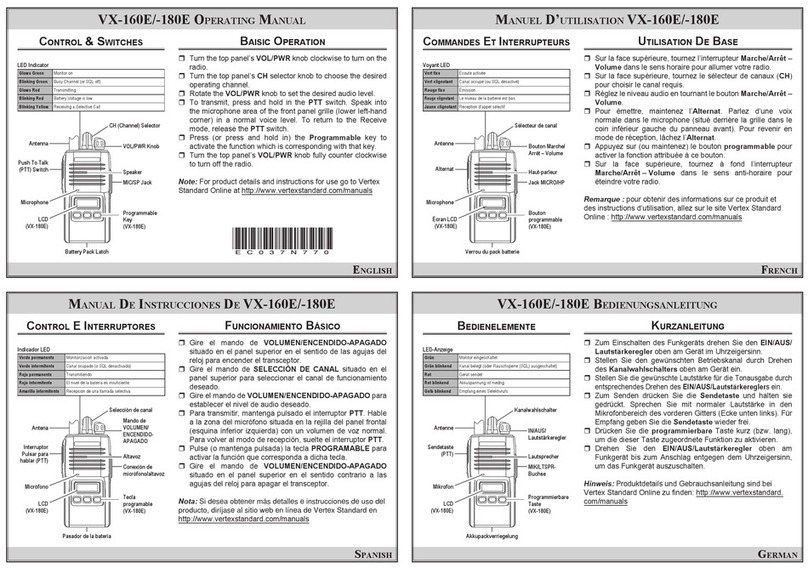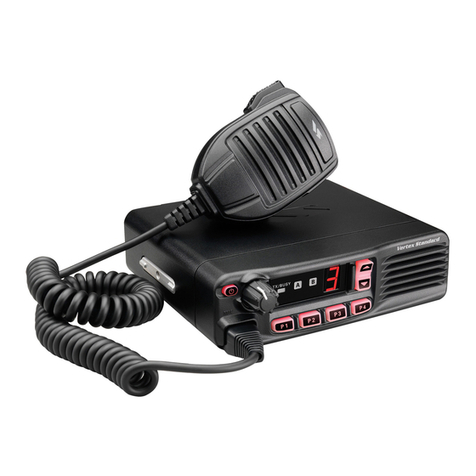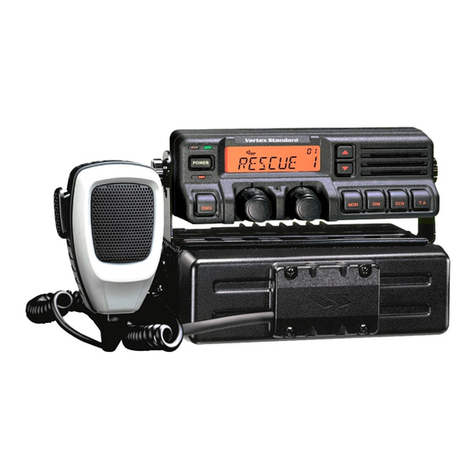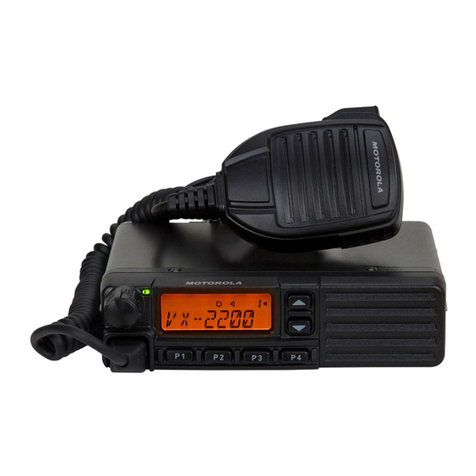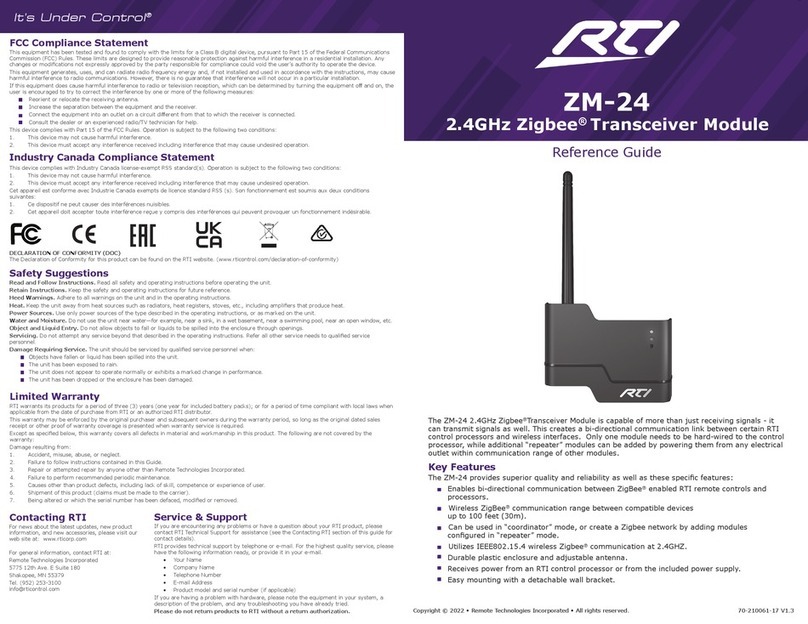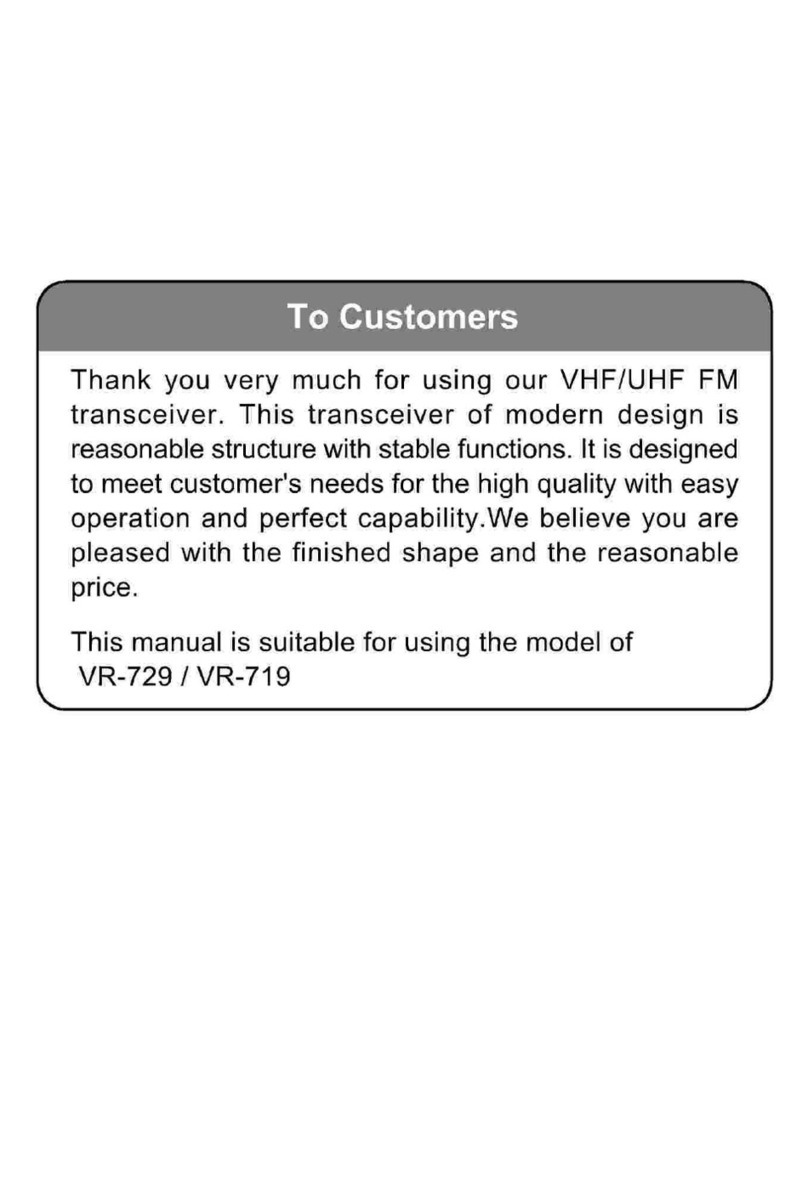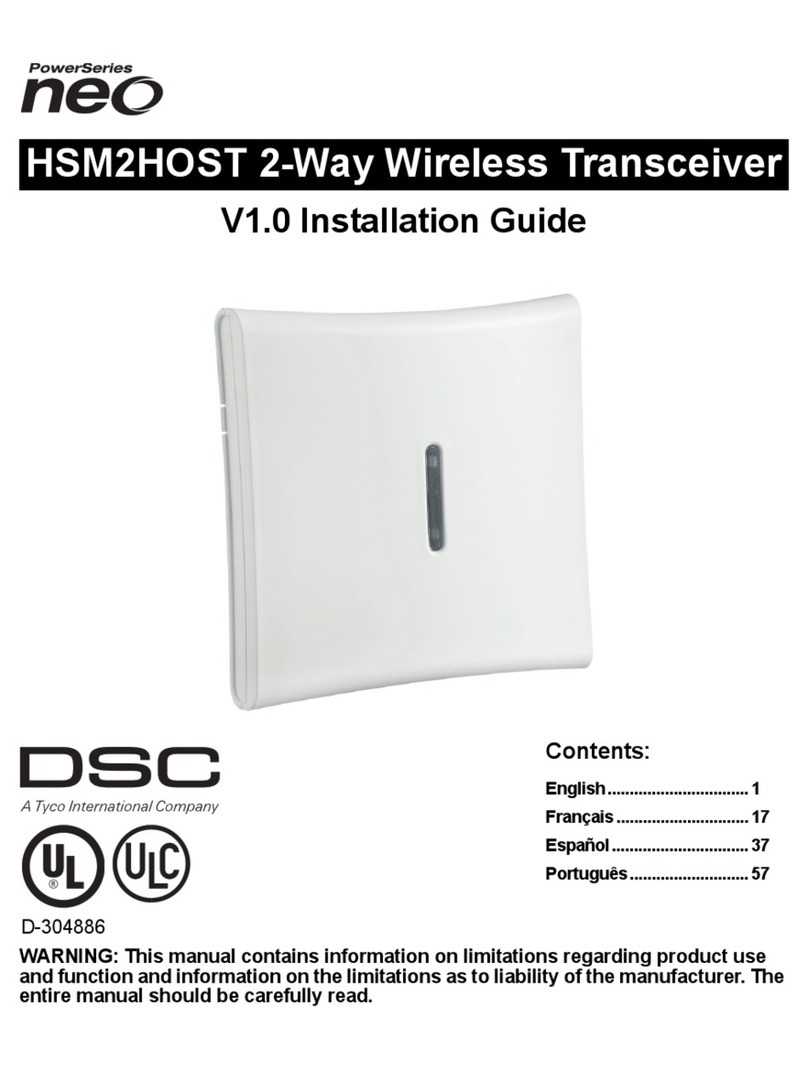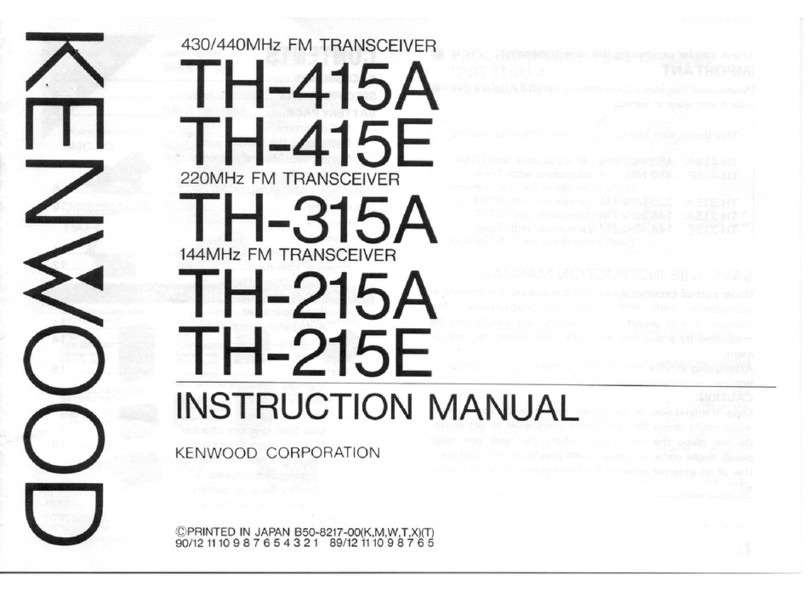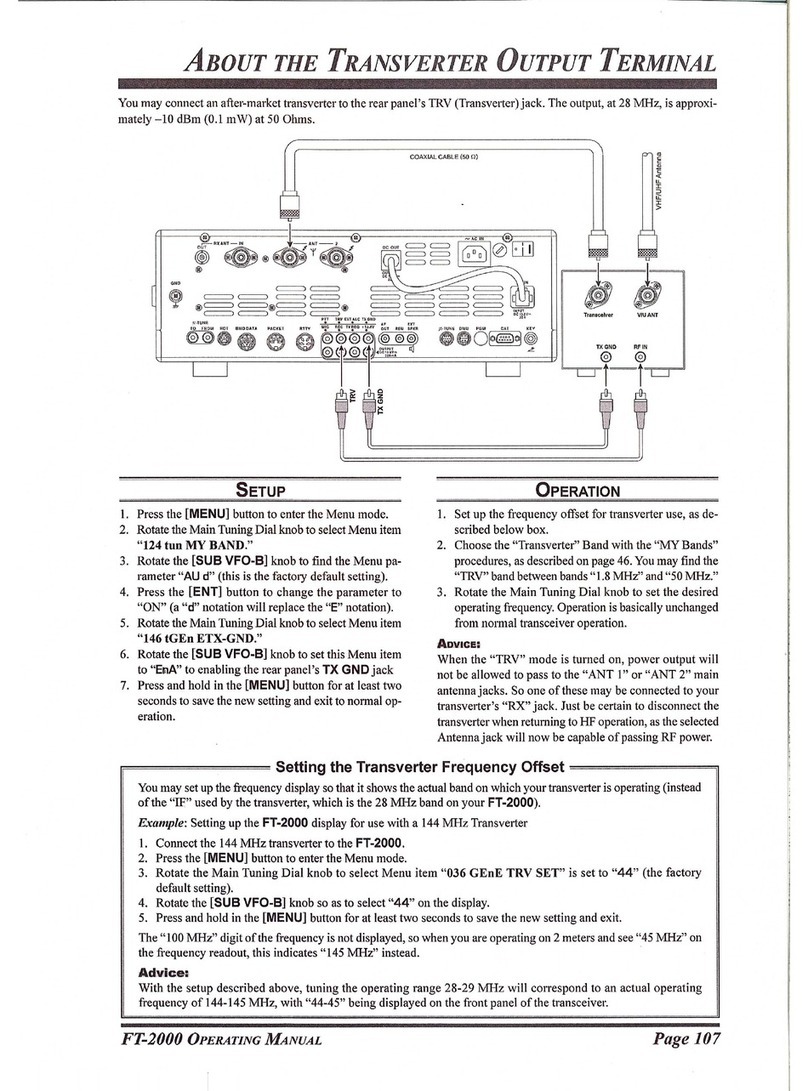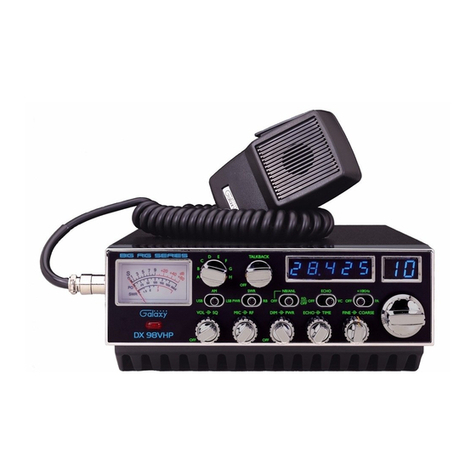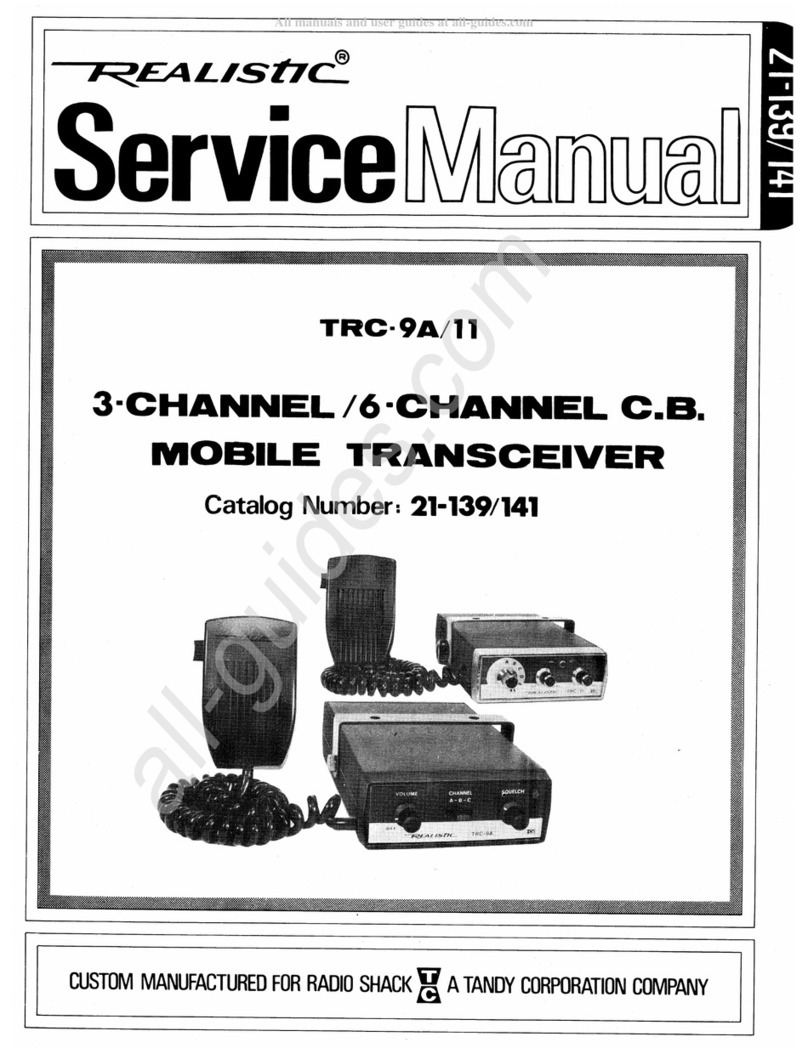Vertex Standard VX-3R User manual




















Other manuals for VX-3R
2
Other Vertex Standard Transceiver manuals
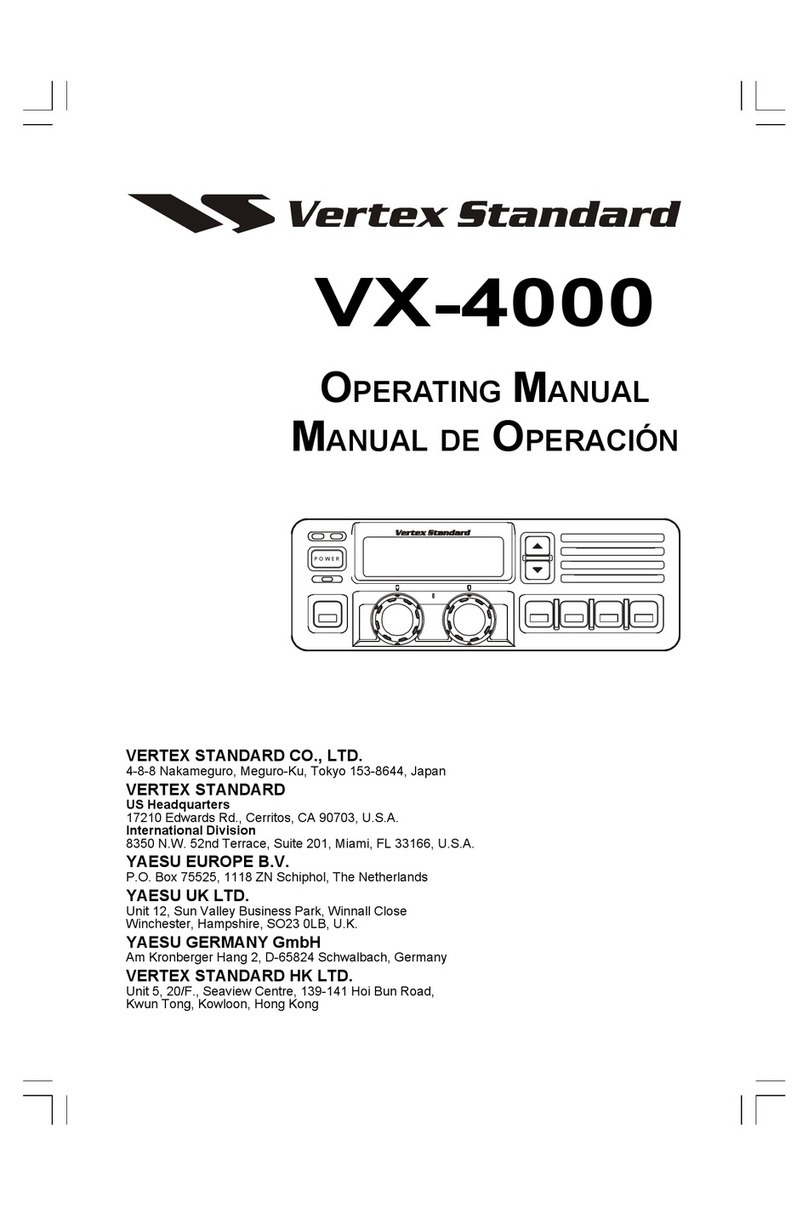
Vertex Standard
Vertex Standard VX-4000 Series User manual
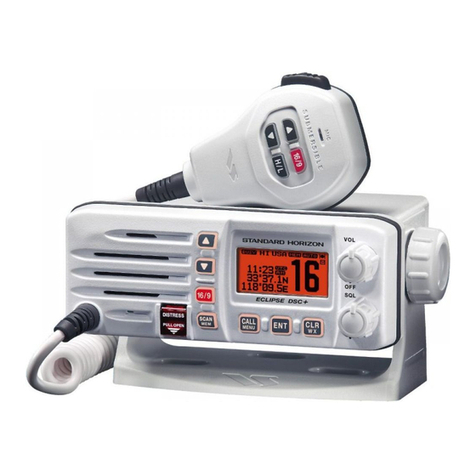
Vertex Standard
Vertex Standard GX1100S User manual
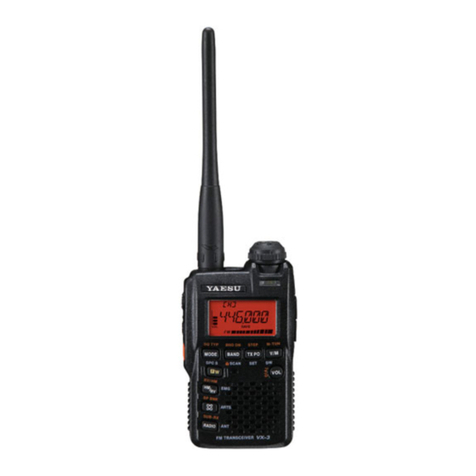
Vertex Standard
Vertex Standard VX-3R User manual
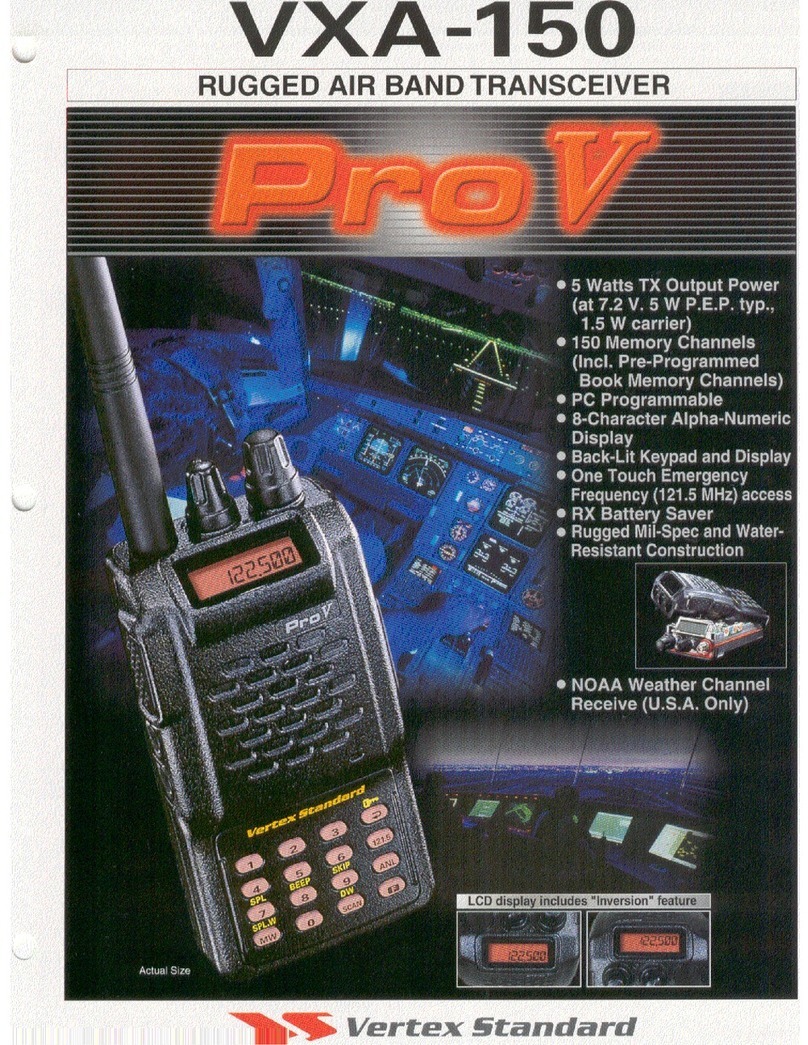
Vertex Standard
Vertex Standard VXA-150 User manual
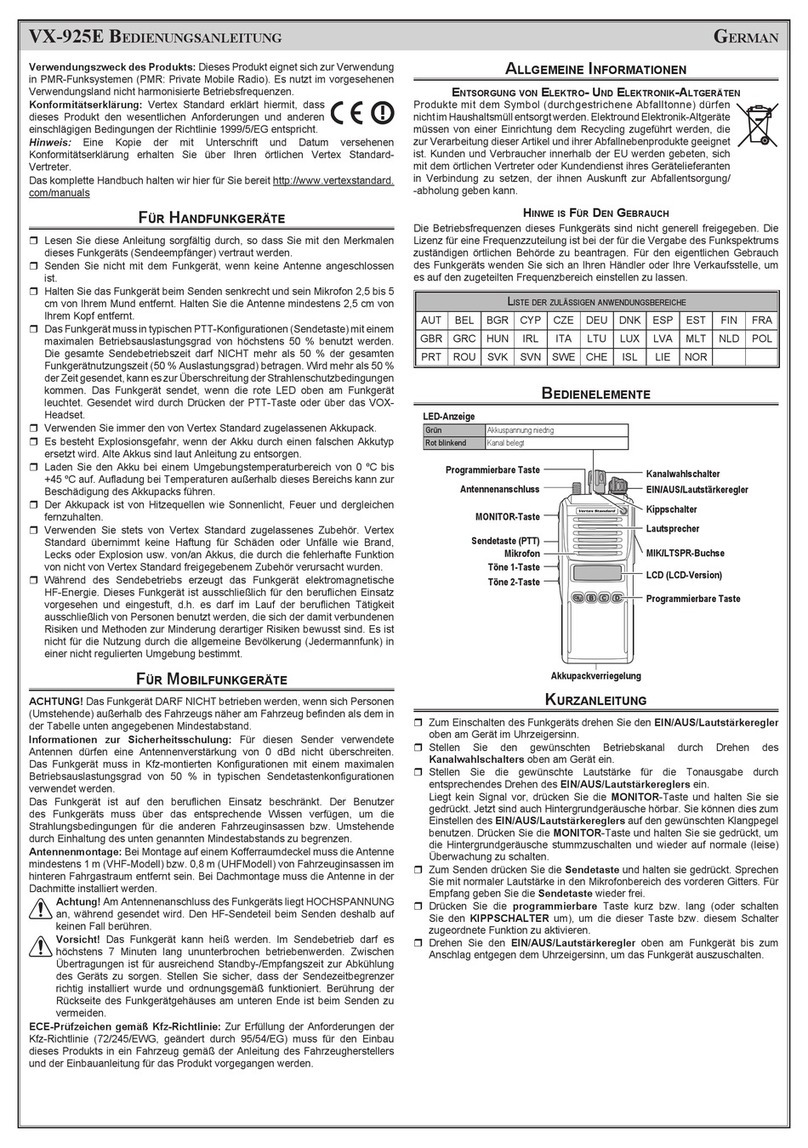
Vertex Standard
Vertex Standard VX-925E User manual

Vertex Standard
Vertex Standard FT-857 User manual
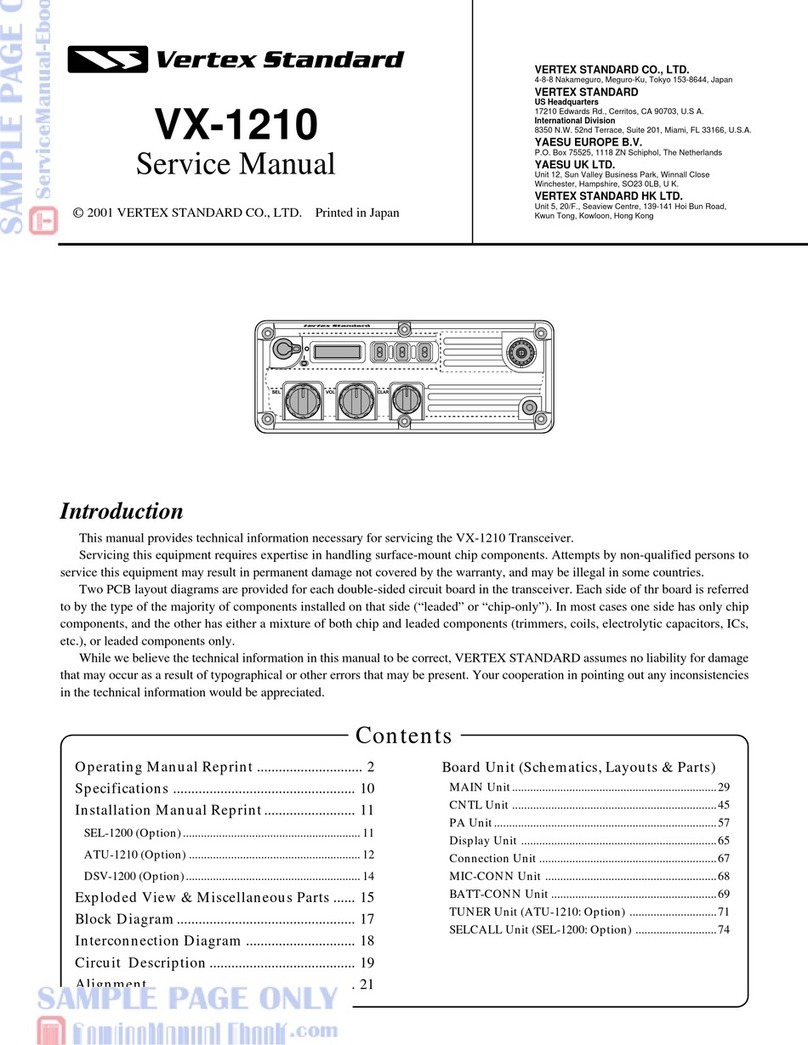
Vertex Standard
Vertex Standard VX-1210 User manual
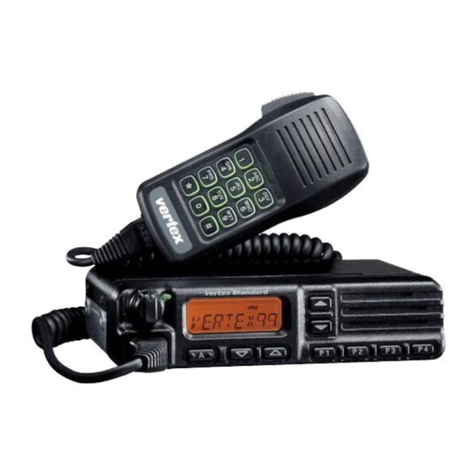
Vertex Standard
Vertex Standard VX-2500U User manual
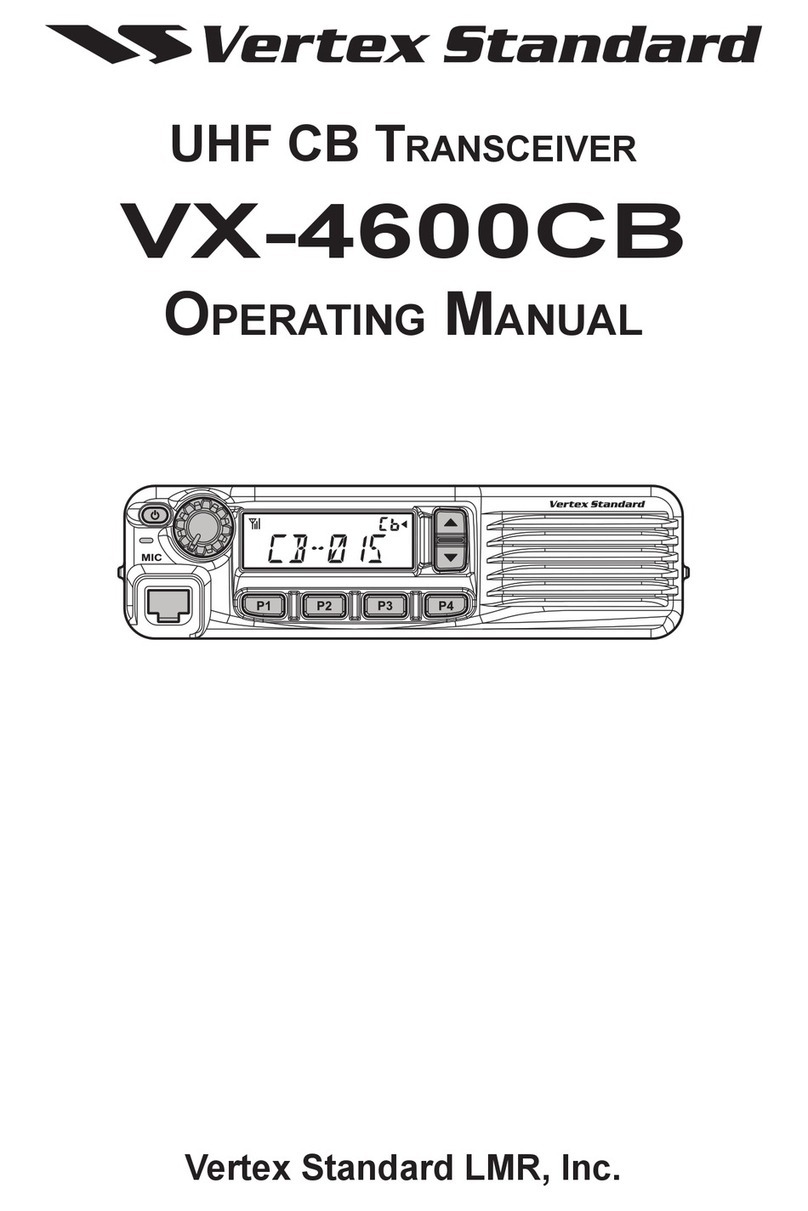
Vertex Standard
Vertex Standard VX-4600CB User manual

Vertex Standard
Vertex Standard VX-2200 Series User manual
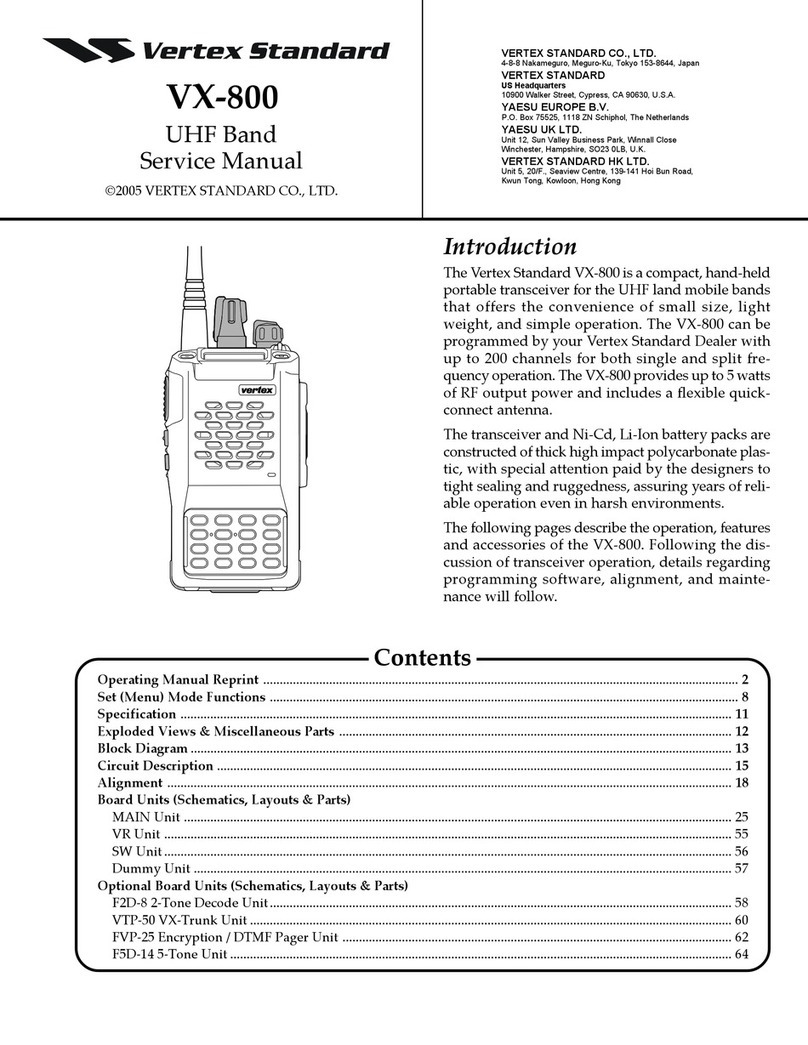
Vertex Standard
Vertex Standard VX-800 User manual
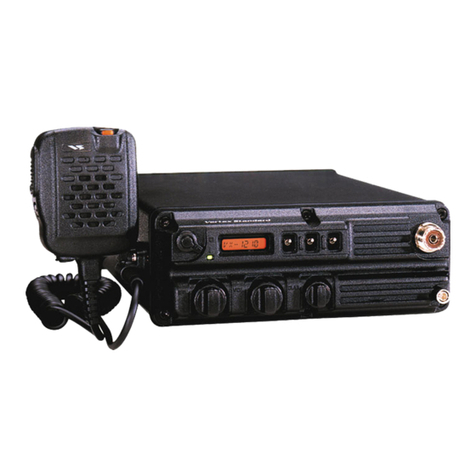
Vertex Standard
Vertex Standard VX-1210 User manual
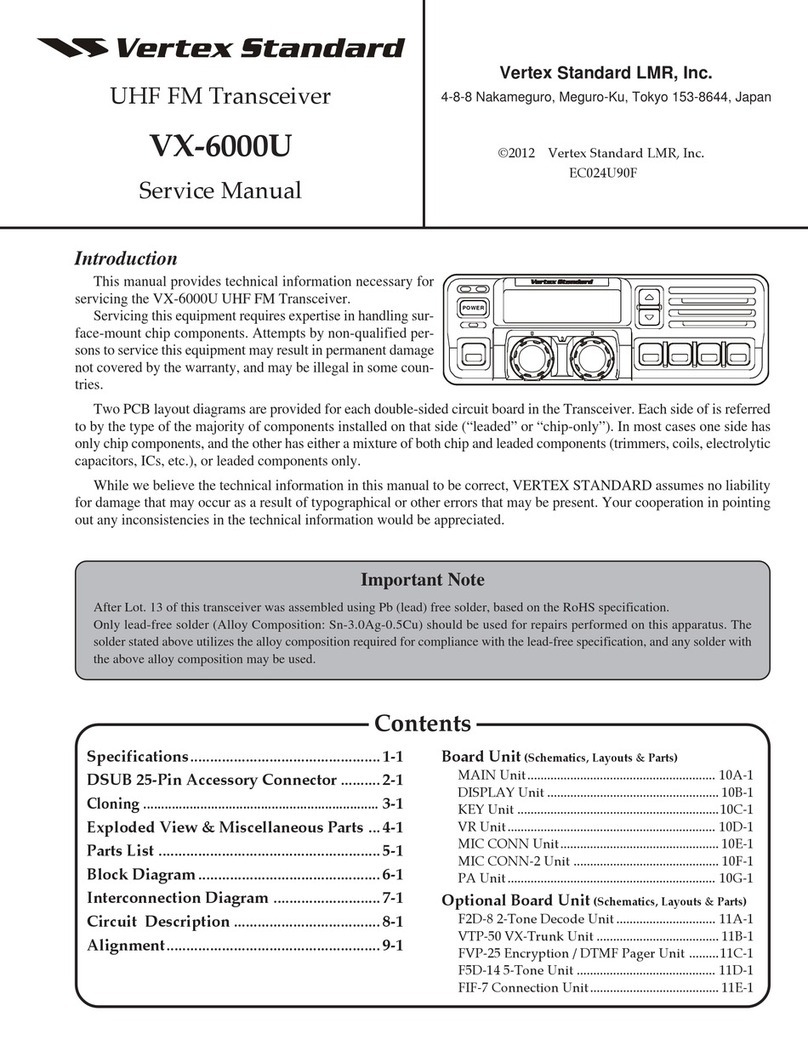
Vertex Standard
Vertex Standard VX-6000U User manual
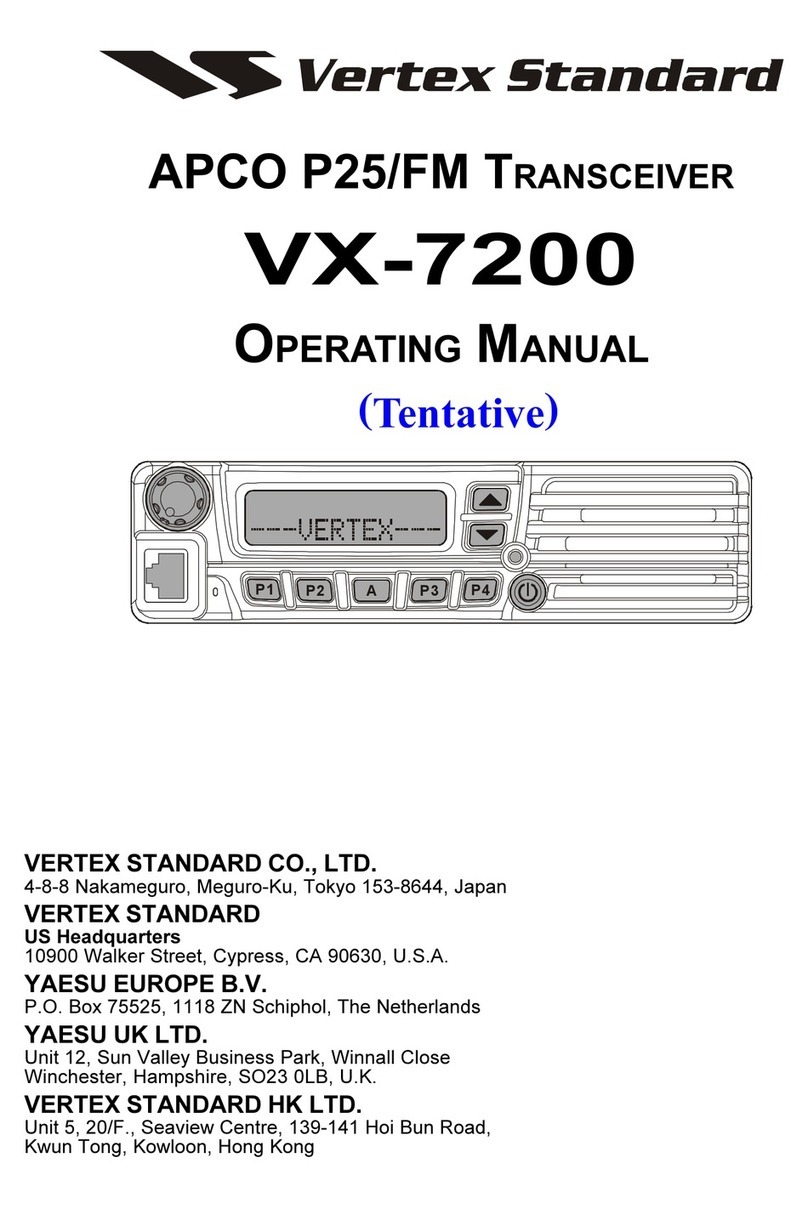
Vertex Standard
Vertex Standard VX-7200 User manual
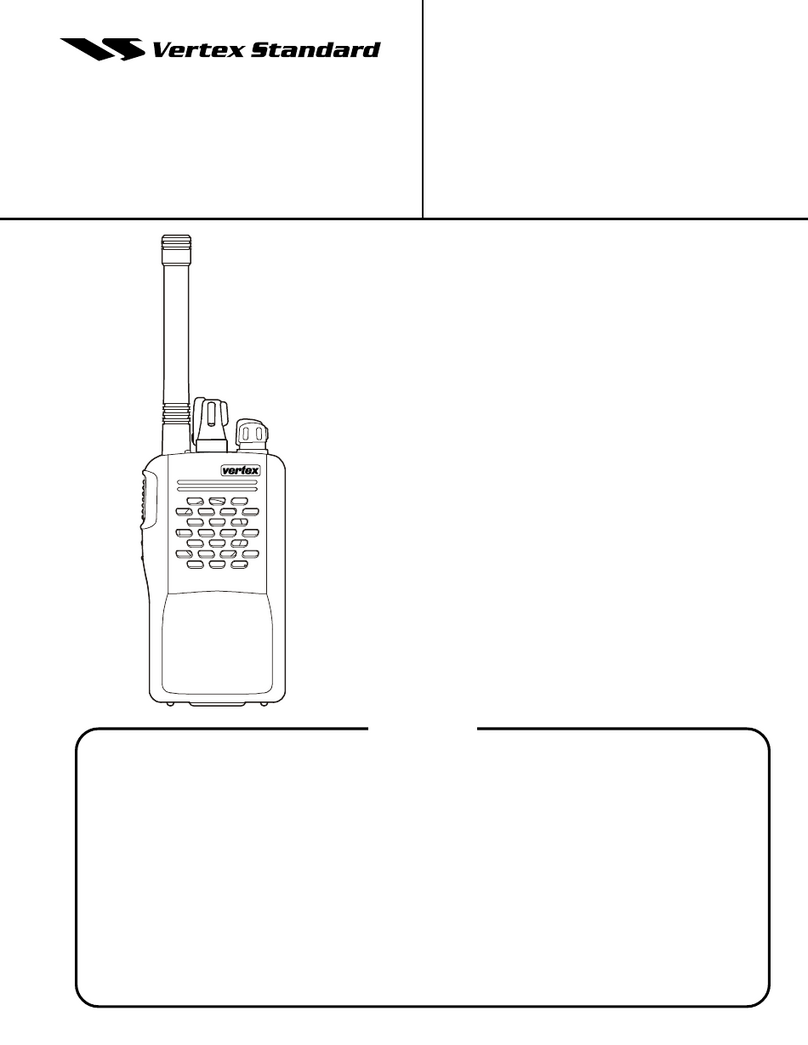
Vertex Standard
Vertex Standard VX-210AV User manual
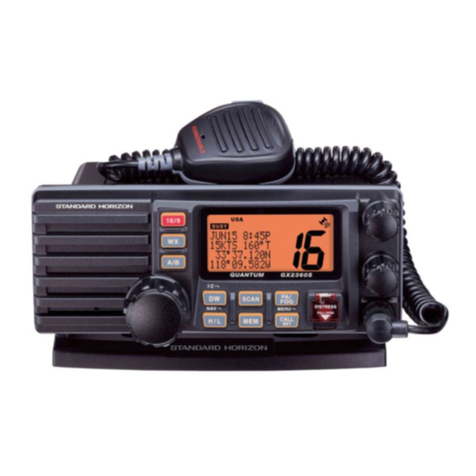
Vertex Standard
Vertex Standard GX2360S User manual
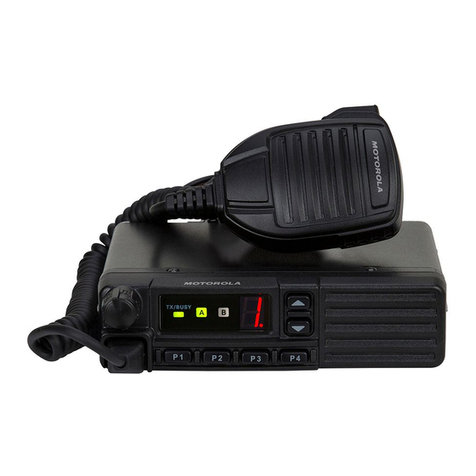
Vertex Standard
Vertex Standard VX-2000U User manual

Vertex Standard
Vertex Standard VXA-150 User manual
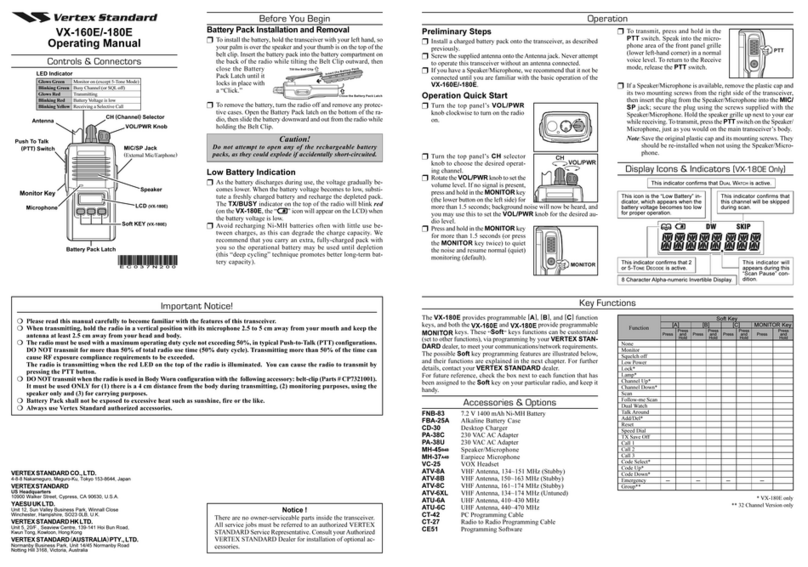
Vertex Standard
Vertex Standard VX-160E User manual
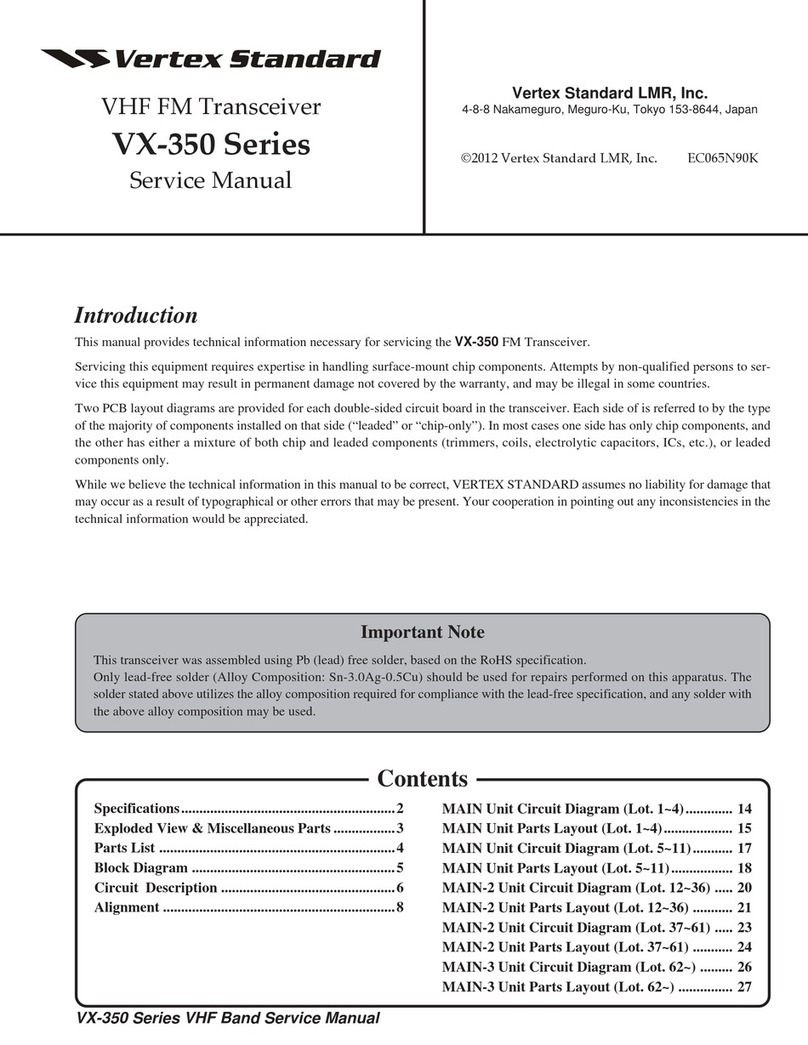
Vertex Standard
Vertex Standard VX-350 series User manual
Popular Transceiver manuals by other brands
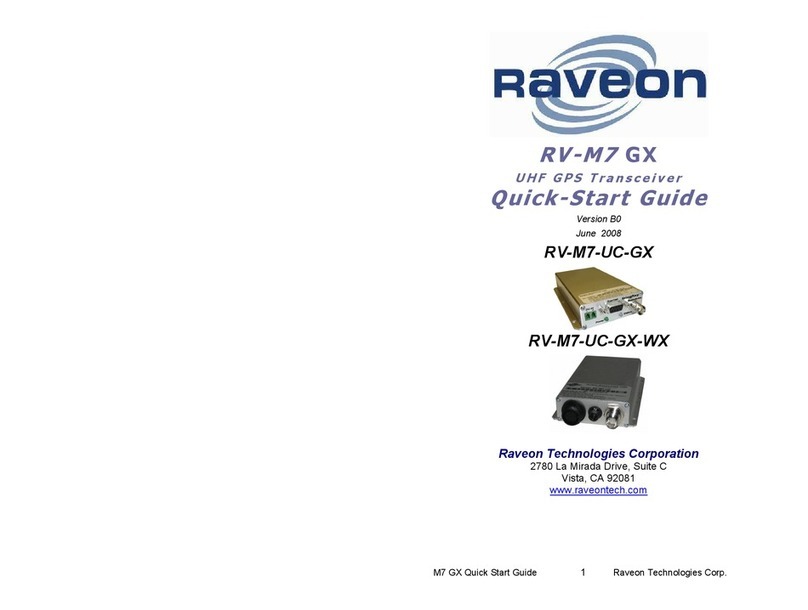
Raveon
Raveon RV-M7-UC-GX quick start guide
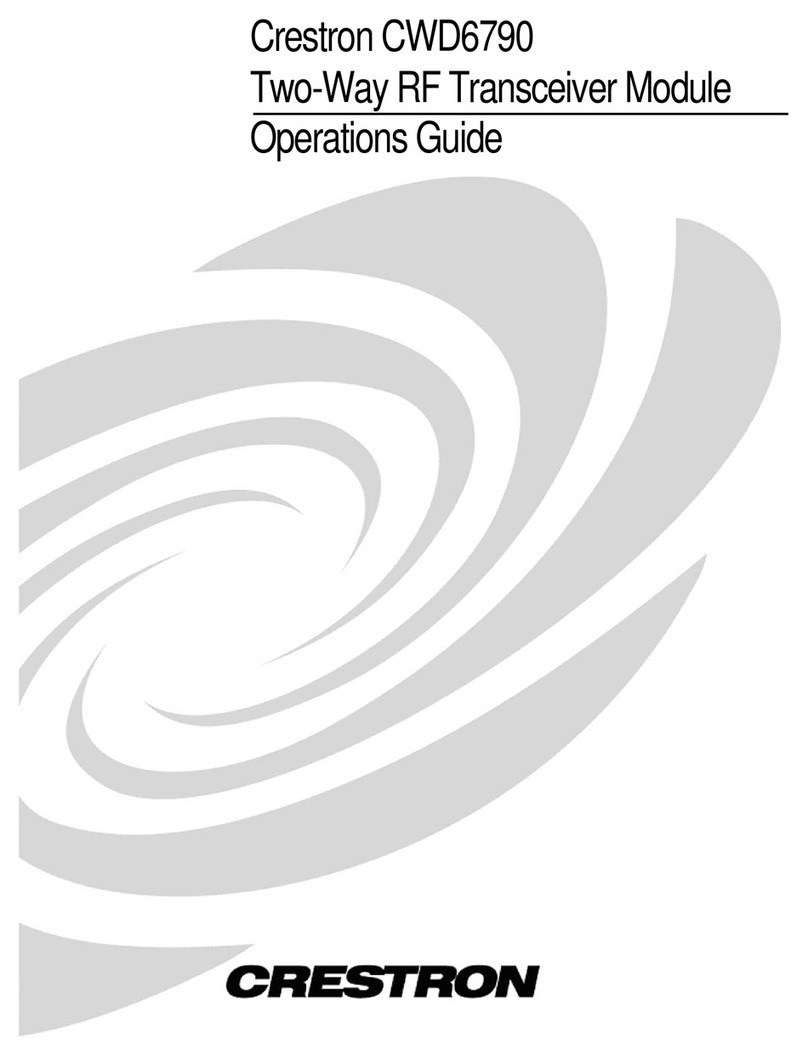
Crestron
Crestron CWD6790 Operation guide
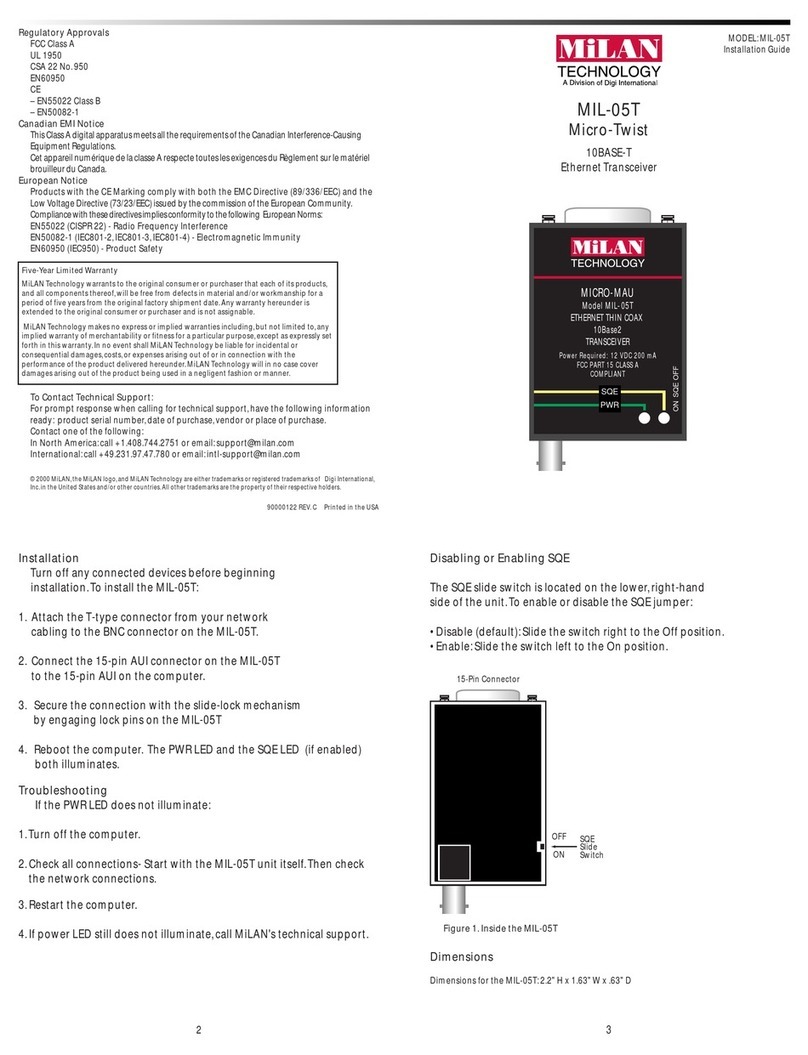
MiLAN
MiLAN Micro-Twist MIL-05T installation guide
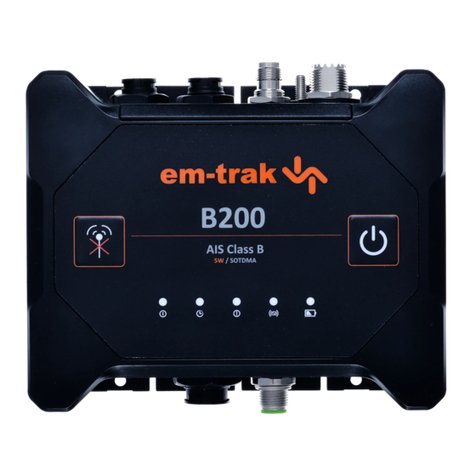
Em-Trak
Em-Trak B200 quick start guide

Lynx
Lynx yellobrik OTR 1840-1 quick reference

Delta Electronics
Delta Electronics Single Mode SFP Transceiver LCP-1250B4MDRx Specification sheet
